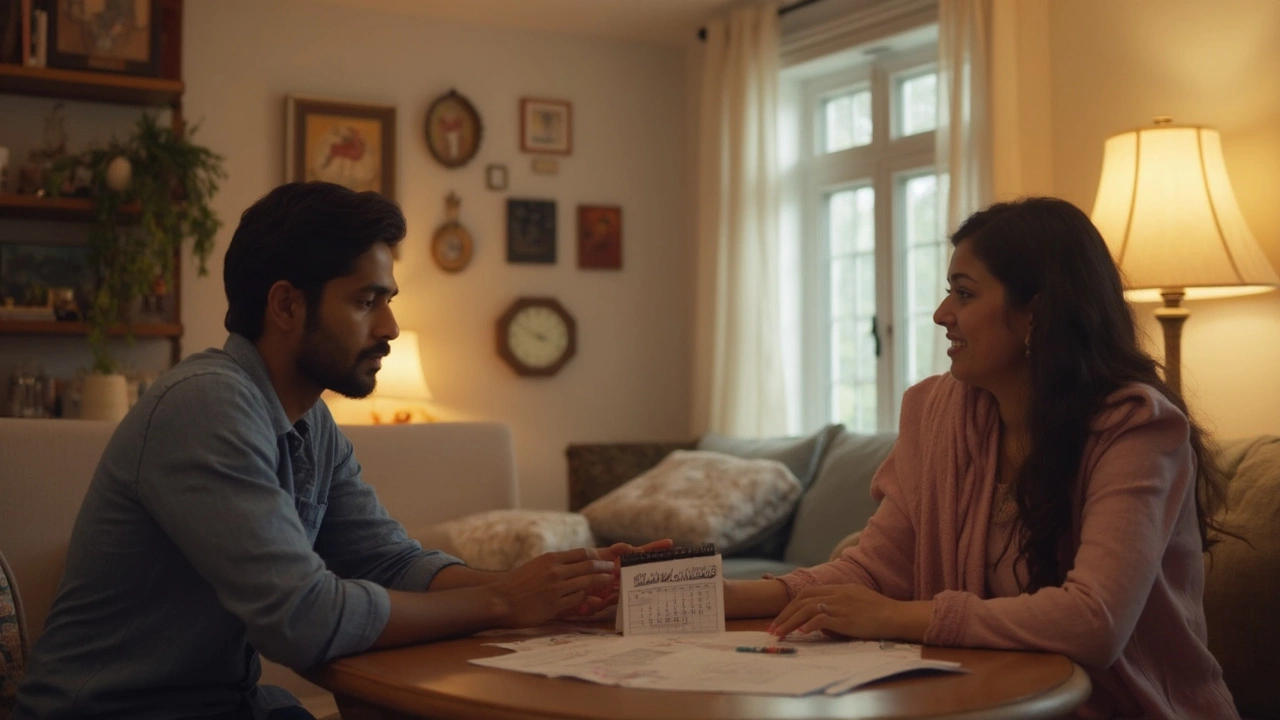Landlord and Tenant Agreement: What You Need to Know
If you're renting out a property or looking for a place to live, the agreement between you and the other side is the foundation of everything that follows. Think of it as a rulebook that keeps both parties on the same page and helps avoid arguments down the line. A well‑written landlord‑tenant agreement covers rent, responsibilities, and what happens if things go wrong.
First thing to remember: the document must follow the local laws of the state or city where the property sits. Rules about security deposits, rent increases, and notice periods vary a lot, so a generic template can miss key points. Always check the latest regulations before you lock anything in.
Must‑Have Clauses in Every Lease
Rent details. State the exact amount, due date, and acceptable payment methods. If you charge a late fee, spell out the amount and when it kicks in.
Security deposit. Explain how much you’re taking, where it will be held, and the conditions for returning it. Some places limit the amount to one month’s rent, so keep that in mind.
Maintenance responsibilities. Who fixes what? Usually the landlord handles structural issues, while the tenant takes care of everyday cleaning and minor repairs. List any specific tasks, like lawn care or snow removal, to avoid confusion.
Entry notice. Tenants have a right to privacy. State how much notice you’ll give before entering – typically 24‑48 hours – and the reasons you might need to enter, such as repairs or inspections.
Lease term and renewal. Clarify whether it’s a fixed‑term lease (6 months, 1 year) or month‑to‑month. Include how either side can end the lease, the required notice period, and any automatic renewal clauses.
Rules on subletting and guests. If you don’t want the tenant to sublet or have long‑term guests, spell that out and note any penalties.
Common Mistakes and How to Avoid Them
One big mistake is leaving blanks in the agreement. Every field – from the property address to the rent amount – should be filled before signing. An empty space can be used against you later.
Another pitfall is using vague language. Words like “reasonable” or “as needed” can be interpreted differently. Be specific: instead of “maintain the garden,” write “mow the lawn every two weeks during the growing season.”
Don’t forget to include a clause about dispute resolution. Whether you prefer mediation, arbitration, or court, stating it upfront saves time if a disagreement pops up.
Finally, both parties need to sign and date the agreement. A digital signature works if it meets local legal standards, but a handwritten signature is still the safest bet for most places.
When you’ve covered these basics, you’ll have a solid landlord‑tenant agreement that protects both sides. If you’re unsure about any clause, talk to a local real‑estate lawyer or use a reputable template that’s already been updated for your area’s laws. A clear agreement means fewer headaches, smoother payments, and a better rental experience for everyone.

Can a Landlord Show a House You're Renting in Virginia?
Navigating the rules around when a landlord can show a rental property you're staying in can be a bit confusing. In Virginia, landlords do have the right to show their property to prospective tenants or buyers. However, they must provide reasonable notice, typically around 24 hours, unless otherwise stipulated in the lease. Understanding your rights as a tenant can help maintain your privacy while respecting the landlord's rights to manage their property effectively.




